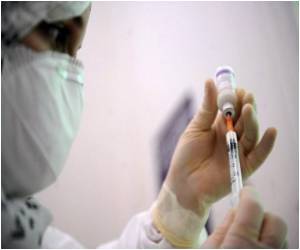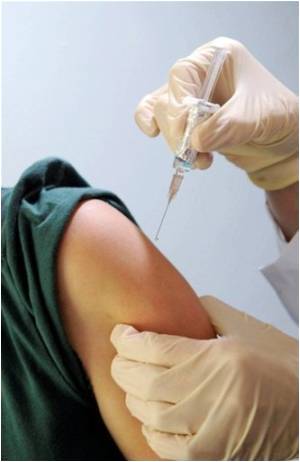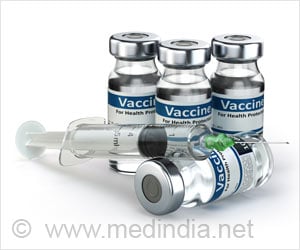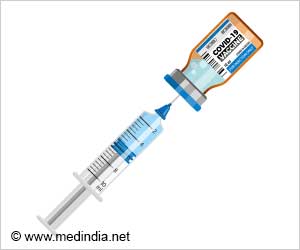Researcher at Rochester Institute of Technology developed a new mathematical method to make combination vaccines more affordable for developing countries.

One of the factors Proano addressed includes worldwide vaccine manufacturing capacity and its limitations. The use of production facilities and resources to make more profitable combination vaccines is reducing the production capacity once used to provide inexpensive vaccines for developing countries, he says.
"The U.N. Secretary-General Ban Ki-Moon has made immunization a key component of the U.N. Global Strategy for Women's and Children's Health, which aims to save 16 million women and children between 2011 and 2015. However, such goals may not be achieved unless the issue of access is addressed," says Proano. "We think that our research work highlights how a systems approach can provide opportunities that will benefit the buyers and the producers and will result in more incentives to improve vaccine availability."
His research team investigated the optimal price for combination vaccines that can be offered to different market segments. Making combination vaccines affordable and available to developing countries helps spread out the high research and development costs associated with vaccine development and could lower the price of vaccines in industrialized countries. Considering the global vaccine market as a system provides opportunities to make appropriate recommendations on the number of vaccines to purchase so that buyers and producers maximize savings and benefits.
Proano's research methodology uses mathematical optimization to solve problems that have implications for public policy, in particular to the supply chain of vaccines. This model considers each combination vaccine as a bundle of antigens that can be sold as a single item. He says it ensures that the solution satisfies vaccine demand in different countries and different immunization schedules.
"We use optimization models to recommend how many vaccine doses each market segment should buy from the different vaccine producers, and it also recommends the range of prices per dose that will result in savings for the buyer and that will be financially attractive to the producer," says Proano. "In a sense, we set the table for a more effective negotiation between producers and buyers."
 MEDINDIA
MEDINDIA


 Email
Email






